Description
Buying Mdma Online: Mdma Buy Online
Buying MDMA online is just as useful in psychotherapy as it is as a recreational party drug.
There’s also been a lot of exciting research developing around the use of MDMA as a clinical tool for mental health conditions like PTSD, anxiety, depression, and much more.
In this guide, we’ll take a deep dive into the world of MDMA. We’ll cover how it feels, how much to take, information on safety, and what changes are likely coming soon from a legal perspective.
What is MDMA?
MDMA (methylenedioxymethamphetamine) is a synthetic drug in the amphetamine class of compounds.
The man who popularized MDMA, Alexander Shulgin, first described the drug under the name Window for its ability to strip away our habits and biases — allowing us to see the world more clearly. He believed it would become important in the field of psychotherapy.
He wasn’t wrong.
Only recently has MDMA started to regain its reputation in the medical setting with the development of the expanded access program and an increasing number of promising research programs over the past couple of years (more on this later).
Today, approved clinics are using MDMA in the treatment of PTSD, depression, and couples therapy for its ability to break down biases and promote a sense of empathy and connection between people.
MDMA Specs & Technical Details: Mdma Buy Online
| Chemical Name | 3,4-Methylenedioxymethamphetamine |
| Level of Risk | Moderate |
| Street Names | Ecstasy, X, Molly |
| Most Common Side-Effects | Dehydration, Agitation, Excessive sweating, Hyperthermia, Jaw clenching |
| Duration of Effects | 4–6 hours |
| Legality | Illegal worldwide |
Trip Sitter Safe MDMA Guidelines
I understand why psychedelics should be treated with respect
I’m familiar with the laws for MDMA in my country & state
I’m familiar and confident in the dose I’m taking (50–150 mg)
I’ve tested a sample of the substance I’m using with a drug testing kit
I’m not mixing any medications or other substances with MDMA
I’m in a safe & comfortable environment with people I trust
One of the members of my group is responsible and sober (AKA a trip sitter)
I have nothing important scheduled for after the trip
I’m in a sound & healthy state of mind
I don’t have any underlying health issues — don’t take MDMA if you have underlying heart, neurological, or psychiatric disorders
Use the buddy system — MDMA can remove your inhibition and allow you to make unsafe decisions, always stay with people you trust, and never go out alone
I understand the risk of dehydration — it’s easy to become dehydrated on MDMA, so make sure you’re drinking a cup of water every hour while using molly
Protect your hearing — music can be intoxicating while on molly, but protect your hearing and bring ear protection before you go out to a club or concert
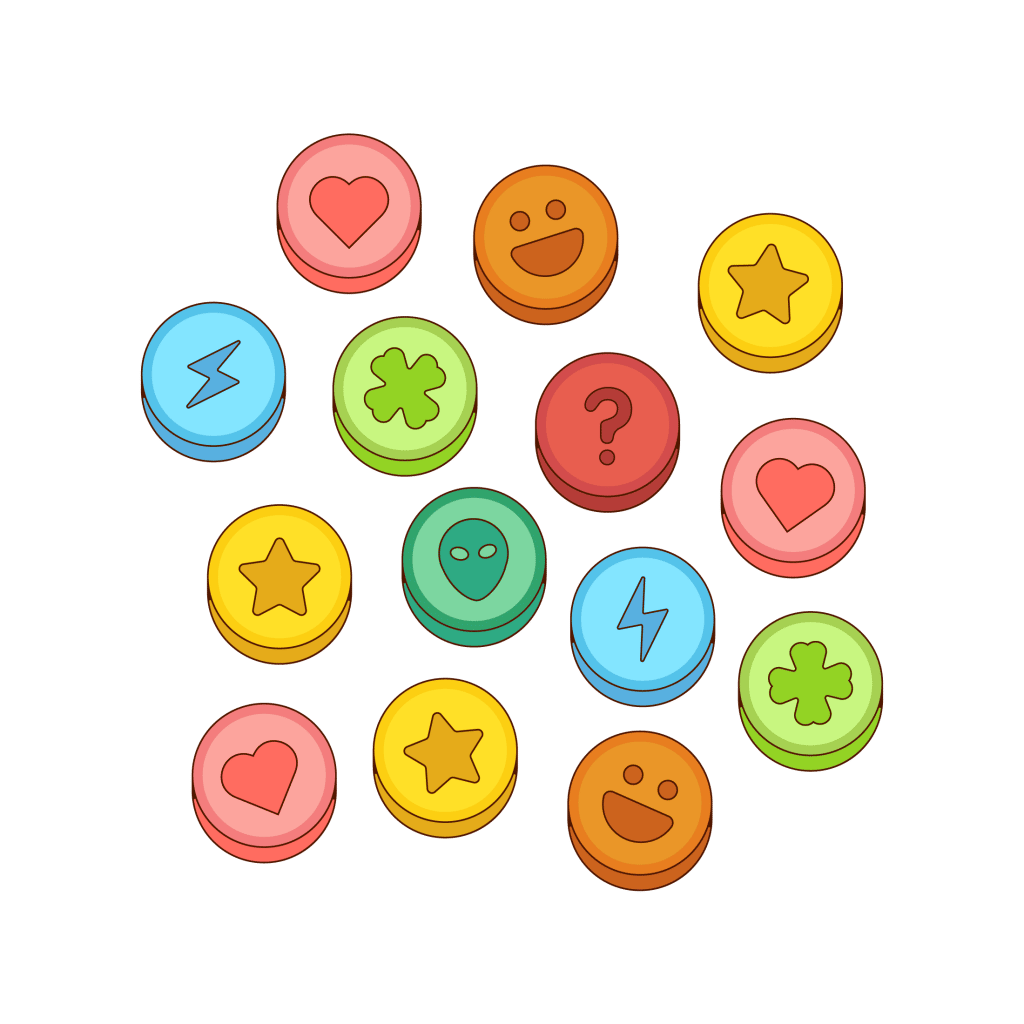
What Does MDMA Feel Like? Mdma Buy Online
The MDMA experience is usually very positive in nature — unlike other psychedelics, which are highly susceptible to the people and environment you spend your time in throughout the trip.
The euphoric effects of MDMA make it less likely for you to experience challenging or scary experiences during the trip — but it’s not impossible.
The effects of MDMA usually begin about an hour after taking the substance. It tends to peak quickly, within about an hour after the effects first start to appear.
You’ll feel a greater sense of euphoria, pleasure, social bonding, connection with the people around you, and your perception of sights and sound will change. MDMA is not a hallucinogen in the traditional sense, but it can make lights and colors appear more vibrant.
The MDMA experience is intensely emotional. Users often feel the desire to hug or touch others, they may feel intense emotions of love and admiration surface towards friends and family, and they may feel a sense of arousal and enhanced sexual desire.
In total, the effects of MDMA last between 4 and 6 hours.
Ecstasy tablets that have been adulterated with other substances may have different effects and may last for a longer or shorter duration overall.
What’s The Dose of MDMA? | Mdma Buying
The usual dose of MDMA is between 50 and 150 mg. Most people take a dose of 100 mg.
The dose of MDMA can vary depending on factors such as your size, how much food you’ve eaten prior to the session, and your experience using MDMA or other stimulants. Ecstasy is very unreliable as well — some tablets are substantially stronger than others, so even if you’ve used two or three tablets in the past, it’s not wise to assume a new tablet is going to have the same dose.
One of the easiest ways to overdose on MDMA is to take too much because you waited an hour, decided it wasn’t strong enough, and took another. Eventually, both tablets will take effect, and it may be strong enough to result in an overdose.
It’s wise to start with a lower dose for your first session (less than 100 mg) and only take a higher dose if you’re familiar with how the tablet feels and how your body responds.
MDMA Microdose | Mdma Online Buy
Microdosing is a practice that involves taking a dose of a substance that’s too small to feel the effects.
The most common substances people microdose are psychedelics like LSD or magic mushrooms, but some people are microdosing MDMA as well with the goal of improving focus, concentration, creativity, and connection with others.
It’s sometimes used by couples to experience a deeper level of closeness and sexual intimacy.
The usual microdose of MDMA is between 5 and 10 mg per day.
The dose should be taken in the morning to allow it to wear off by the time you’re ready to go to bed. Taking your microdose of MDMA too late in the day could make it difficult to fall asleep.
There are some (theoretical) concerns about using MDMA for long periods of time — even in microdoses.
This compound has a particularly high affinity for activating the 5HT2B receptors — which is a subset of serotonin receptors found primarily in the brain and heart. It’s thought that activating these receptors too much with repeated doses of MDMA could lead to the development of heart valve disorders. This concept first appeared in 2012 after a study was published that found 8 out of 29 patients that were regular users of ecstasy had heart valve defects [5]. The control group (non-MDMA users) had no signs of heart valve defects.
This effect has yet to be proven or disproven, so until more research is available, it’s wise to limit your microdosing of MDMA to just a few days at a time with longer break periods in between.
Many MDMA advocates suggest a different approach — taking what’s called a threshold dose of MDMA instead and spreading the doses out over weeks or months. A threshold dose sits somewhere in between a microdose and a standard psychoactive dose. It’s defined as the minimum dose needed to produce noticeable effects.
For MDMA, the threshold dose is usually around 30 mg. People use it as frequently as once per month or once every few months.
How Long Does MDMA Last?
The effects of MDMA usually appear around 20–60 minutes after taking the dose and last up to 6 hours.
The duration of effects depends on what other ingredients may be included in the powder or tablets you’re using. It’s exceedingly rare to find ecstasy tablets that contain pure MDMA these days. Some ecstasy tablets can last up to 10 hours; others have a much shorter duration.

What is MDMA-Assisted Psychotherapy? | Mdma Buying
Psychedelic-assisted psychotherapy is the practice of using psychedelic substances (including MDMA) to treat specific mental health disorders.
MDMA-assisted psychotherapy was a common practice in the 70s and 80s but was banned for the past four decades. Only recently has this practice started to pick up where it left off thanks to the efforts of MAPS (the Multidisciplinary Association for Psychedelic Studies) and their research on the therapeutic role of MDMA for various medical disorders.
Buying Mdma Online
Today, MDMA is still considered a Schedule I drug in the United States — which implies the drug is highly addictive and has no medical value. Despite this, there’s been a big push to bring MDMA back into the medical system through an Expanded Access Program.
The focal point of MDMA-assisted therapy at the moment revolves around the use of the substance for PTSD. This comes after a statement from the FDA that MDMA is a potential “breakthrough therapy” for treating PTSD. MAPS then set out to conduct a new phase 3 clinical research program to further legitimize the use of MDMA for this application. Buying Mdma Online
Most of the clinics currently awaiting approval for the expanded access program aim to use the MDMA for the treatment of patients diagnosed with PTSD.
There are plenty of other medical applications of MDMA, however — with research supporting the use of MDMA for eating disorders, addiction, alcohol abuse disorder, existential depression, and more.
MDMA-assisted psychotherapy for PTSD is expected to cost around $15,000 — which is about the average cost of conventional PTSD treatment over the course of several years.
1. MDMA For Post Traumatic Stress Disorder (PTSD)
PTSD is a chronic mental health disorder that develops after a traumatic event. It can involve recurrent memories, nightmares, flashbacks, anxiety attacks, or a sense of impending doom.
Patients with PTSD often experience insomnia, anxiety, addiction, depression, irritability, or self-destructive behaviors alongside the condition. Buying Mdma Online
The condition is very common — affecting roughly 8 million Americans every year.
MDMA is the most promising therapeutic option currently being explored in the treatment of PTSD.
A pilot study funded by MAPS explored the effects of MDMA-assisted therapy with 20 PTSD sufferers [2]. Twelve patients were given MDMA, and eight were given a placebo. All patients taking part in this trial failed to respond to other therapies. Buying Mdma Online
Of the 12 patients given MDMA and psychotherapy integration, 83% reported significant improvements in their condition. In the follow-up period after the trial, 83% of the patients that took MDMA no longer met the criteria for PTSD diagnosis. A three-year follow-up study reported that 74% of patients in the treatment group remained free from PTSD [4].
The outcome of this study was remarkable and prompted an immediate focus on the effects of MDMA for PTSD. Current medical treatments for the condition are insufficient. The most common prescriptions for PTSD are benzodiazepine drugs like Xanax, Ativan, or Valium.
A recent meta-analysis reviewed 18 studies on the use of benzodiazepines for PTSD (including over 5200 patients) found no evidence to suggest these medications are effective for treating PTSD [3]. In fact, there was even evidence to suggest it might make symptoms worse.
We’re in dire need of effective treatment protocols for this condition.
This is one of the main drivers for the development of the expanded access program that allows patients and practitioners access to MDMA for the treatment of PTSD and related mental health disorders.
MAPS is currently performing a phase III clinical trial exploring the effects of MDMA for post-traumatic stress disorder.
Make sure to subscribe to our newsletter to stay up to date on the developments in the psychedelic space as the results of this research become available.
Suggested Reading: Can Psychedelics Heal Trauma?
2. MDMA For Social Anxiety Disorder In Autistic Adults
A double-blind, placebo-controlled pilot study found a rapid improvement in symptoms of social anxiety in autistic adults [1]. Experimental sessions were spaced one month apart and consisted of 2 8-hour treatment sessions (either 75-125 mg MDMA or placebo) — followed by three non-drug psychotherapy follow-up or integration sessions.
This study used the Liebowitz Social Anxiety Scale (LSAS) to measure the severity of anxiety before the trial and after each session. Scores were recorded again six months after the conclusion of the last experimental session.
The results of this study have been extremely positive — prompting much larger studies.
MAPS is currently raising funding to conduct a new study exploring the effects of MDMA-assisted therapy as a potential treatment for social anxiety disorder in autistic individuals. Currently, there are no effective treatments for managing social anxiety in this population.
3. MDMA-Assisted Couples Therapy | Mdma Buy Online
MDMA isn’t used in couples therapy at the moment — not in the United States at least. However, it was once considered invaluable for repairing disconnected or damaged relationships.
MDMA (or other chemical interventions) were especially useful for what we could call “gray” marriages — relationships that aren’t hateful or abusive, just unsatisfying. This can happen for a number of reasons — such as stagnation or dramatic differences in sex drive.
Therapists would administer MDMA to both parties. The couple would lay on a comfortable couch with eyeshades on and start talking whenever they were ready [11]. Sessions can last for several hours, and the therapist acted as both a catalyst and a mediator for the conversation. It was very common for there to be significant emotional breakthroughs after just a single session with MDMA.
MDMA works by decreasing irrational fear responses to perceived emotional threats.
What this means in basic terms is that it removes barriers that may be preventing couples from connecting and opening up to each other emotionally.
Emotional repression is one of the leading causes of relationship issues.
Using chemicals like MDMA to dissolve these repressive emotions is often enough to bring the couple back into harmony with each other.
There’s been a push towards bringing MDMA back into couples therapy along with the renewed interest in this chemical for its applications in other psychotherapies. MAPS is planning an upcoming clinical trial to explore the effects of MDMA-assisted therapy for post-traumatic stress disorder in couples.
As laws change and more research enters the public domain, we expect to see MDMA therapy become more readily available in the United States, Canada, and Europe once again.
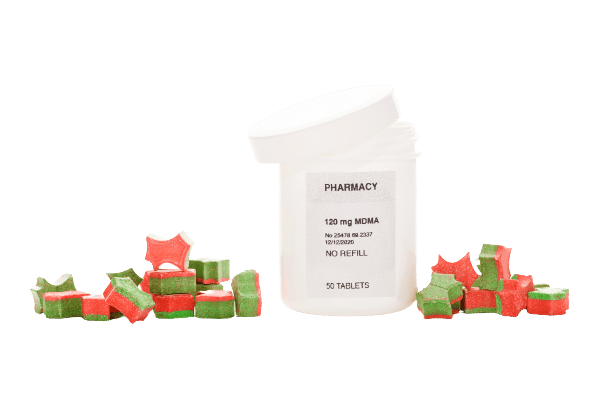
What Does Expanded Access for MDMA Mean?
Currently, MDMA is only officially legal for use inside approved laboratories. It’s only permitted for research purposes — not therapeutic use.
The expanded access program (part of the “Compassionate Use Act”) gives access to the substance outside the lab. It’s designed to help licensed medical practitioners and clinics begin administering MDMA and other psychedelic substances to their patients with certain medical conditions.
MAPS recently submitted a protocol to the FDA to allow clinics to apply and undergo specific training on how to integrate MDMA into their practice. The clinic — Somatic Center Portland will offer MDMA-assisted psychotherapy specifically for people suffering from PTSD.
How Strong is MDMA Compared To Other Psychedelics?
MDMA is technically classified as a psychedelic because it targets many of the same receptors used by conventional psychedelics like LSD, psilocybin, and DMT. Classical psychedelics focus on the 5-HT2C receptor, which is the main mechanism of action involved in producing visual and auditory hallucinations.
MDMA is a little bit different in that it focuses on the 5-HT2B receptor instead. This receptor isn’t strongly associated with changes in visual or auditory perception but has a strong impact on our feeling of connectedness, empathy, and emotion.
Overall, the effects of MDMA are much more stimulating than most psychedelics. It’s most similar to compounds like 2C-B or low-dose ketamine.
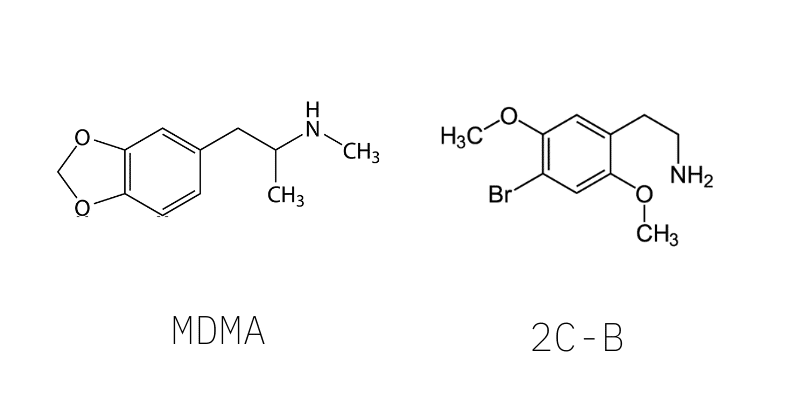
MDMA vs. 2C-B
2C-B is often described as a blend of MDMA and LSD in terms of its effects. While this is a good summary, the experience of both substances is distinct from each other. The overlap comes from the empathogenic effects of both substances. This means they create a sense of openness and connectedness with others.
Low doses of 2C-B are the most similar to MDMA, but the effects differentiate at the higher doses.
MDMA remains focused on the empathogenic and stimulating effects in high doses, while 2C-B becomes much more psychedelic in nature.
Both substances are often used interchangeably at concerts, music festivals, or parties. Other related 2C-x compounds such as 2C-E and 2C-I share a similar overlap in effects with MDMA as well.
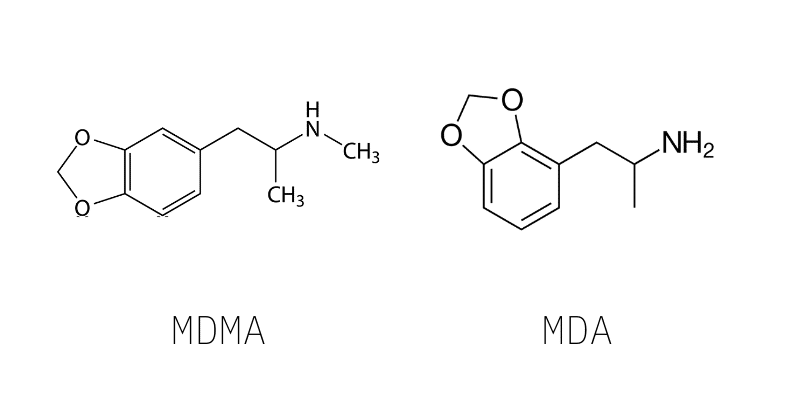
MDMA vs. MDA
MDA (methylenedioxyamphetamine) is a close relative of MDMA. In fact, it’s one of the metabolites of MDMA that’s created by our liver as it metabolizes it into smaller pieces.
The effects of MDMA and MDA are very similar — both promote a sense of openness and connectedness, and both act as potent central nervous system stimulants.
The key differences between these two revolve around the focus of the experience.
MDMA produces much more of the “lovey” feelings, while MDA is slightly more psychoactive and stimulating. Most people who have used both substances prefer the effects of MDMA over MDA.
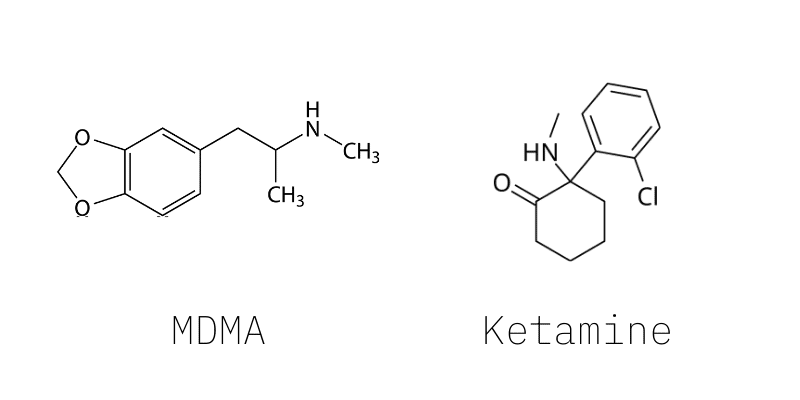
MDMA vs. Ketamine
The effects of ketamine are highly dependent on the dose used. Lower doses are used interchangeably with MDMA at concerts, clubs, and music festivals. It’s stimulating and promotes a sense of clarity, energy, and connection in a similar way to MDMA. The effects between these two substances are similar in that they have many of the same qualities — but they’re distinctly different from each other.
High doses of ketamine are very different. It becomes substantially more psychedelic in higher doses and can even lead to out-of-body experiences. Higher doses of ketamine are not ideal for use in loud, busy, or active environments at this dose and are completely different from the effects experienced under the influence of MDMA.
Some people choose to combine the effects of ketamine and MDMA together for a dissociated, but euphoric mind state. This practice is termed “kitty flipping.”
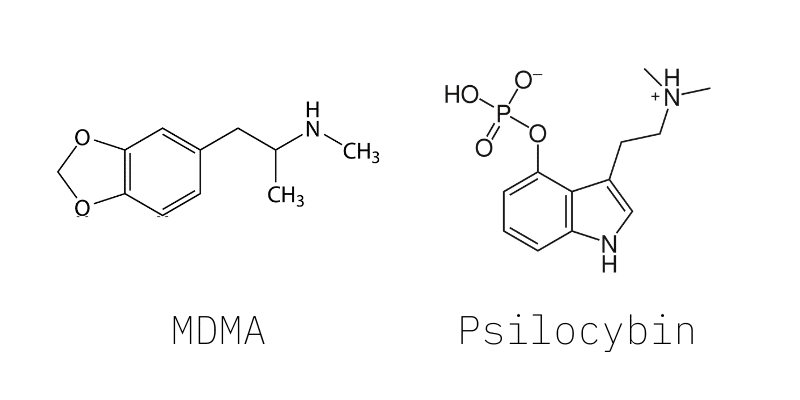
MDMA vs. Magic Mushrooms
MDMA and the active ingredient in magic mushrooms (psilocybin) target many of the same receptors in the brain — yet their effects are completely different.
Both magic mushrooms and MDMA produce changes in visual and auditory perception, promote introspection and a sense of connectedness, and last between 4 and 6 hours.
MDMA is significantly more stimulating than magic mushrooms and produces a dramatically more intense euphoric sensation. Mushrooms are much more visual in their effects and are more likely to lead to ego-death experiences than MDMA.
Some people like to combine the visual hallucinations of magic mushrooms with the euphoric and empathogenic effects of MDMA. The practice is commonly referred to as hippie flipping.
Most people start with magic mushrooms and take the MDMA at the peak about 2 hours into the journey
The comedown from MDMA, while you’re still on mushrooms, can be very uncomfortable, so most people try to offset these substances, so the comedown happens once most of the magic mushroom effects have already worn off
Is MDMA Safe? | Buying Mdma Online
MDMA has a low level of risk compared to most other recreational substances. An article published in the Lancet in 2010 compared and ranked the relative level of risk to consumers and society [10]. This study ranked MDMA as one of the least risky substances involved in the study.
Most cases involving adverse reactions with MDMA involve a combination of substances that go above and beyond just MDMA [12] — which makes it difficult to assess the true level of risk of using the drug in a recreational setting. People who experience the most issues with MDMA are the ones that use this substance the most [13]. As with any substance, moderation is key.
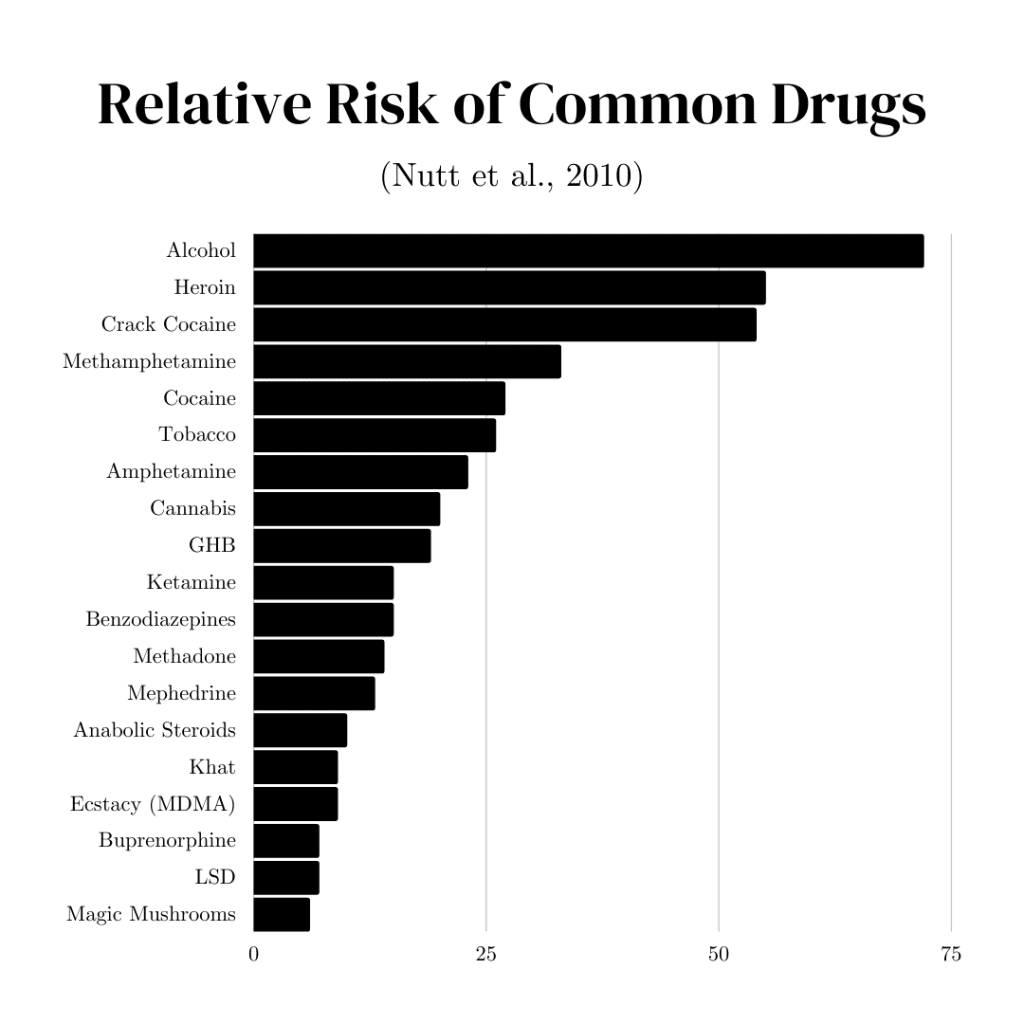
MDMA Adulteration | Buying Mdma Online
An analysis from EcstacyData.org conducted by FHE Health reported that the average concentration of MDMA in ecstasy tablets was just 30%.
Dance Safe reported that only half the substances users thought were MDMA actually contained detectable levels of this compound after testing. Similar findings from seizures tested by the DEA reported that only 9% of samples actually contained this substance.
There are many different chemicals a manufacturer can use as an adulterant in their ecstasy tablets. Ingredients range from inert substances like magnesium citrate to potentially lethal drugs like fentanyl or PMA/PMMA.
It’s also common to find ecstasy tablets that contain methamphetamines or MDA instead — which are closely related to MDMA but have different effects.
The bottom line is that there’s more fake molly on the market today than there is real molly. Always test your MDMA yourself before you use it to make sure it actually contains MDMA.
At-home drug tests won’t tell you what else is in the sample — it will only be able to detect the presence or absence of specific compounds. They won’t tell you the purity of the tablets you’re using.
It’s most important to test the sample for opioids (there shouldn’t be any detectable levels of opiates) and check the sample for PMA and PMMA — which can be deadly, especially when used in combination with MDA or MDMA.
Common MDMA Adulterants Include:
- MDA
- Fentanyl (very dangerous)
- PMA/PMMA (very dangerous)
- Magnesium citrate or magnesium stearate (inert)
- Caffeine
- Ketamine
- DXM
- Cocaine
- Methamphetamines
- Synthetic cathinones (bath salts)
MDMA Drug Interactions | Buying Mdma Online
Compounds like MDMA that have a strong impact on the body bring a higher risk of interacting with other substances or medications.
There are three main ways drugs can interact with each other in the body:
- Agonistic interactions — These are drugs that have a similar set of effects. When combined, their effects become stronger and can lead to side-effects.
- Antagonistic interactions — These are drugs that have conflicting effects and may counteract each other.
- Liver metabolism interactions — The liver metabolizes virtually all substances that enter the body. If two or more drugs require the same enzymes, the rate of metabolism can slow down, causing both drugs to build up in the system.
Antidepressant Medications
One of the key mechanisms of MDMA is an increase in both serotonin and dopamine activity in the brain.
Therefore, mixing MDMA with other drugs that alter serotonin or dopamine levels in the brain could result in side effects.
An example of substances that affect serotonin and dopamine include monoamine oxidase inhibitors (MAOIs), selective serotonin reuptake inhibitors (SSRIs), serotonin and norepinephrine reuptake inhibitors (SNRIs), tricyclic antidepressants, and many others.
Heart Medications
MDMA may also interact with heart medications. This substance is a stimulant. It increases heart rate and blood pressure — which could interfere with heart medications designed to regulate blood pressure or heart rhythms. You should never take MDMA if you’re using heart medications of any kind or have underlying heart disease (including valve disorders).
Stimulant Medications
The stimulating action of MDMA can make it interfere with other stimulants — such as ADHD medications, caffeine, or nicotine.
Combining multiple stimulants could increase the chances of side-effects like rapid heartbeat, high blood pressure, anxiety, or increase chances of heart attack or stroke.
Liver Metabolic Interactions
A few examples of common drugs that follow the same metabolic route include:
- Many antidepressants
- Codeine
- Tamoxifen
- Dextromethorphan
- Beta-Blockers
- Haloperidol
MDMA Side-Effects | Buying Mdma Online
All drugs and substances bring the risk of side effects. MDMA is no exception.
Most of the side effects of this substance stem from its stimulating effects. This includes increased heart rate, excessive sweating, high blood pressure, agitation, and jaw clenching.
Paired with the drug’s effects on cognition, many MDMA users overexert themselves (dancing for hours on end) and forget to eat food, drink water, or regulate body temperature. This can lead users to experience severe side-effects like dehydration or hyperthermia — both of which can have severe consequences.
The most common side effects of MDMA include:
- Dehydration
- Dizziness
- Anxiety attacks
- Jaw-clenching
- Impaired judgment
- Rapid heart rate or palpitations
- Hyperthermia (heat stroke)
- Excessive sweating
- Nausea or vomiting
- Tingling sensation in the skin
- Muscle tension or weakness
- Rapid eye movements
- Dry mouth or excessive thirst
MDMA can also increase the risk of more serious health conditions — such as seizures, stroke, heart attack, dehydration, or heat stroke.
Does MDMA Cause a Hangover? |Buying Mdma Online
Some MDMA users report feeling hungover the following day after using MDMA.
The effects usually only last a day, but it’s not uncommon for the hangover to last up to 5 days.
Symptoms of an MDMA hangover can range from low mood or depression, dizziness, poor appetite, loss of libido, insomnia, or suppressed immune system.
The best way to minimize the severity of an MDMA hangover is to drink plenty of fluids, replenish your electrolytes, eat micronutrient-rich foods, and ensure you’re getting up to move around throughout the day.
Laying in bed all day, eating junk foods, and avoiding social interaction altogether all tend to make the MDMA hangover worse.
Is MDMA Addictive? Buying Mdma Online
Any substance can become addictive — especially those that have a strong impact on our mood or sense of wellbeing. MDMA definitely fits into this category.
MDMA is not strongly addictive based on the traditional definition. It rarely leads to dependence or tolerance like other addictive drugs such as opiates or cocaine. A panel of addiction experts, psychiatrists, and epidemiologists used the Delphi method to rank the potential risk of 20 of the most common recreational drugs — MDMA ranked 18th on the list for the potential for dependence as well as the level of social and physical harm [8].
Most addictions involving MDMA are classified as behavioral or habitual addictions [6].
This means people use MDMA habitually while engaging in nights out with friends or for the positive impact the drug has on mood with mental health disorders.
MDMA can be physically addictive as well — it’s just much less common and generally takes a long period of time with consistent use to reach this point.
One of the primary ways researchers assess the addictiveness of a substance is by giving mice doses of the drug and then observing other mice self-administer the substance again in place of food. Studies involving this experiment with MDMA have shown that mice will self-administer MDMA, but to a much lower extent than other addictive drugs like cocaine or heroin [7].
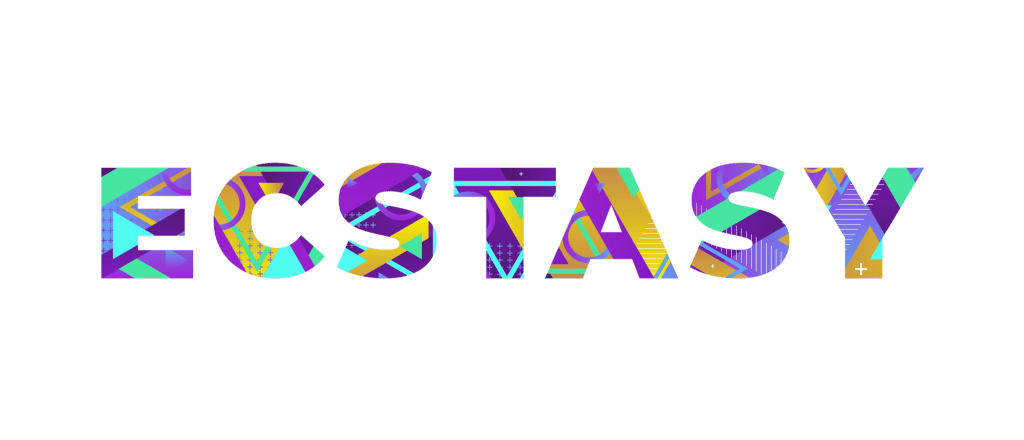
Is MDMA Legal? Buying Mdma Online
MDMA is illegal in most parts of the world outside of research programs.
In the United States, MDMA is classified as a Schedule I illicit drug — which suggests this substance is addictive and has no accepted medical use.
As more research becomes available proving that MDMA has legitimate health benefits, it’s very likely this substance will become available through approved health clinics or prescriptions.
The DEA recently classified MDMA as a “breakthrough therapy” for managing symptoms of PTSD. MAPS has also made a lot of progress towards bringing MDMA to mental health clinics in the United States and Europe.
How Does MDMA Work? Buying Mdma Online
MDMA activates several different receptor types to produce its effects [9]:
- 5-HT1A serotonin receptor agonist
- 5-HT2A serotonin receptor agonist
- 5-HT2B serotonin receptor agonist
- 5-HT2C serotonin receptor agonist
- α1, α2A, & β-adrenergic receptor agonist
- Dopamine (D1 & D2) receptor agonist
- Serotonin & dopamine reuptake inhibition
- M1 & M2-muscarinic receptor agonist
- Histamine (H1) receptor agonist
- TA1 receptor (TAAR1) agonist
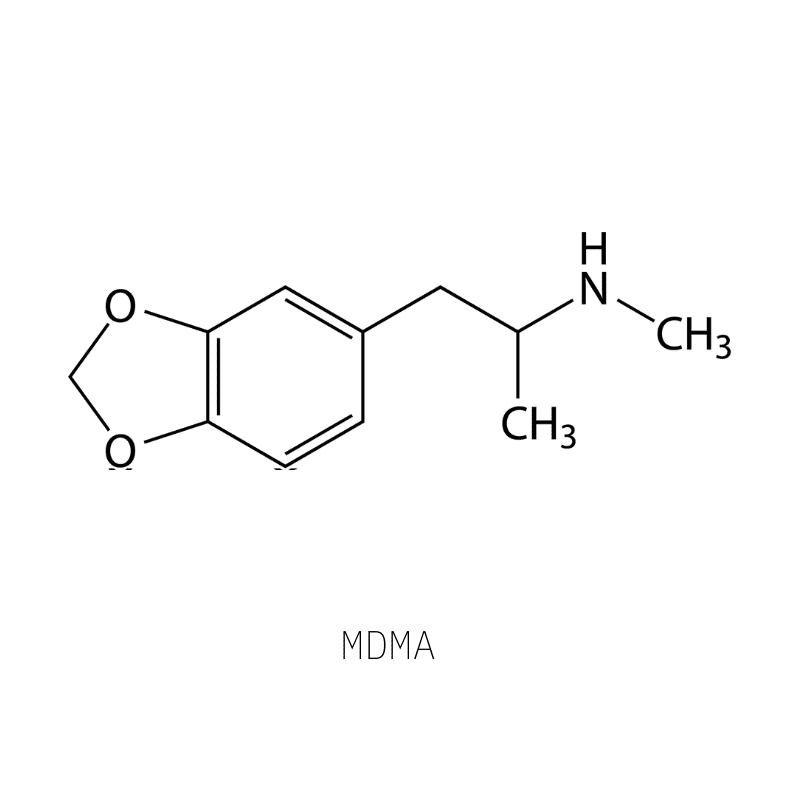
Final Thoughts: Buying Mdma Online?
The laws on MDMA have remained very clear for the past 35 years — it’s highly illegal for any reason.
An organization under the name of MAPS has been publishing robust clinical studies outlining the benefits of MDMA therapy for the past few years that forced the FDA to acknowledge MDMA as a breakthrough therapy for PTSD.
MAPS even submitted a protocol to the FDA that, once approved, creates a pathway to allow mental health clinics and practitioners to begin employing MDMA as part of their therapeutic arsenal.
As the research continued to build and strengthen, it became harder to deny the therapeutic benefits of the substance. There are now ketamine clinics located throughout the United States.
It’s very likely we’ll start to see similar improvements in the accessibility of MDMA over the next few months or years.
With the push towards a more robust network of telehealth practitioners due to the pandemic, it’s possible we’ll even start to see companies like Mind Bloom step up to bring MDMA-assisted therapy online with mail-in treatments and online integration sessions.
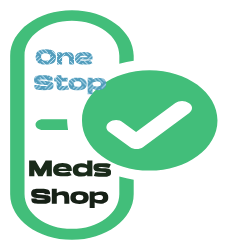

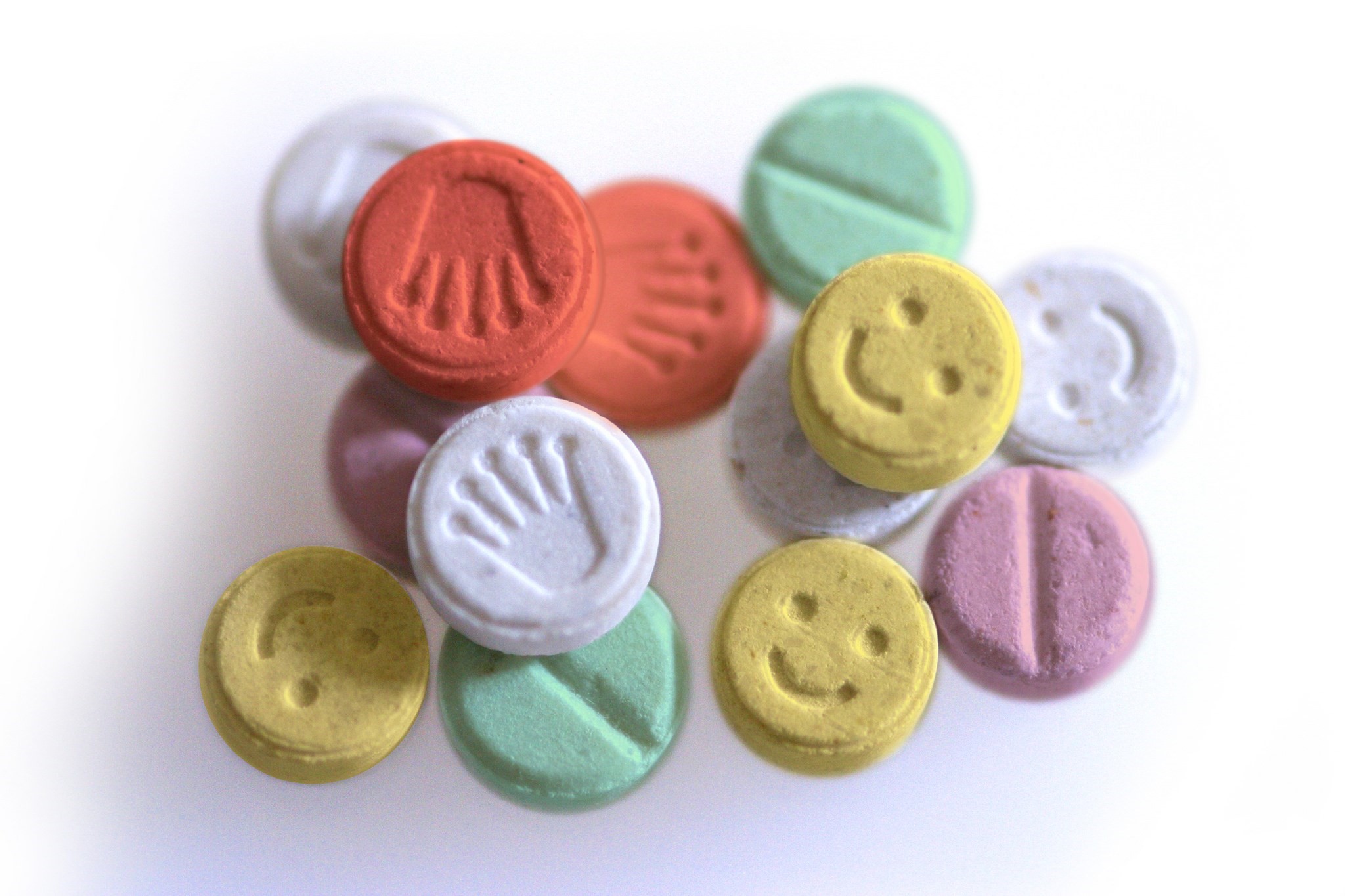
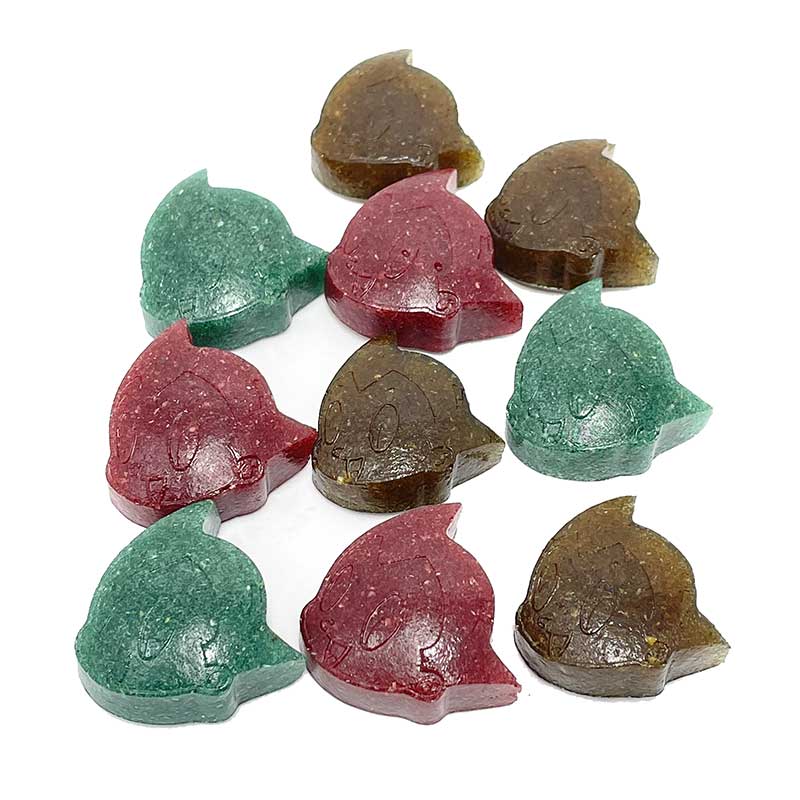
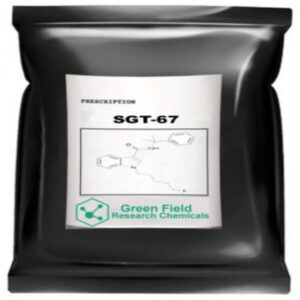

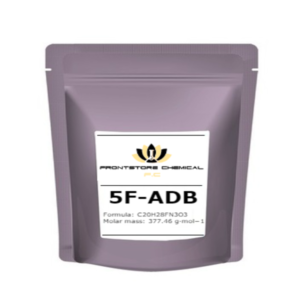
Reviews
There are no reviews yet.